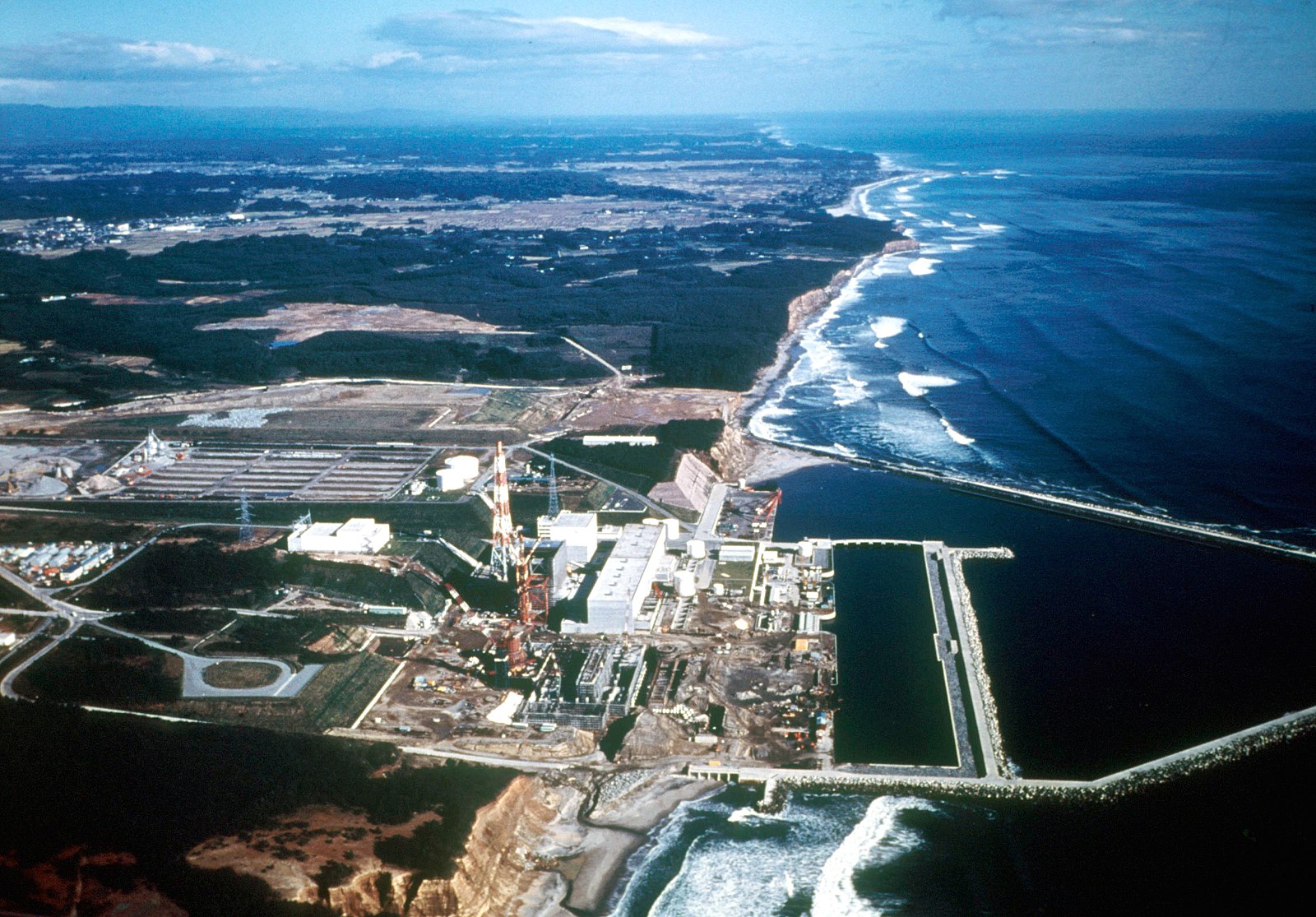Fukushima Plant.jpg

A terrifying incident has occurred at Japan’s wrecked Fukushima nuclear power plant. It has been reported that about twenty-five tons of radioactively contaminated water has leaked from the plant’s Reactor Unit-2.
The Fukushima plant’s operator Tokyo Electric Power (TEPCO) discovered the leak on August 9th. However, the company claimed that the contaminated water didn’t get into the environment as it flowed into the basement, according to reports.
Before the discovery of the leak, an abnormal decrease in the water level was noticed in one of the water control tanks in the nuclear fuel cooling pool.
A robot was launched into the building to look for the reason. It turned out that the water that had leaked from the tank had run into the basement, reported UNN. The robot’s inspection confirmed that the water leaked via sewage systems and there was no outside leak, as per TEPCO. TEPCO says that a robot will be used for a more detailed examination of Unit 2.
The company has now stopped pumping water into the cooling pond. They claim that the leak will not cause the fuel to heat up beyond the threshold of sixty-five degrees Centigrade.
Earlier in February, TEPCO detected a radioactive water leak at the Fukushima Daiichi plant. The leakage volume for the February leak was about five and a half tons of water and the area was approximately four by four meters. The company began discharging water from the plant into the ocean in August of 2023. There were many complaints from other nations around the Pacific Ocean fearing radioactive contamination. Some countries banned import of Japanese seafood.
Previously, TEPCO announced on August 9th that equipment related to the spent fuel pool of Reactor Unit 2 had malfunctioned. As a precautionary measure, the cooling system for the spent fuel pool was subsequently halted while investigations into the cause of the malfunction commenced were carried out.
On the 11th of March 2011, the Fukushima-Daiichi Nuclear Power Station (FDNPS) suffered major damage after the magnitude 9.0 great east-Japan earthquake and subsequent tsunami which caused flooding of the plant.
The combined impact and consequences of the earthquake and tsunami caused great loss of life and widespread devastation in north-eastern Japan. It was the largest civilian nuclear accident since the Chernobyl disaster in Ukraine in 1986.
This was followed by severe flooding at the Fukushima Daiichi Nuclear Power Station which destroyed electrical generators that were needed to cool the nuclear fuel. The fuel overheated, melted down and caused explosions which destroyed other reactors at the plant. Radioactive material was released from the damaged plant and tens of thousands of people were evacuated. The Fukushima disaster was categorized as a Level 7 Major Accident on the International Nuclear and Radiological Event Scale.
In the first days following the accident, the International Atomic Energy Commission established teams to evaluate key nuclear safety elements and assess radiological levels. The United Nations Scientific Committee on the Effects of Atomic Radiation (UNSCEAR) investigated the levels and effects of exposure to ionizing radiation.